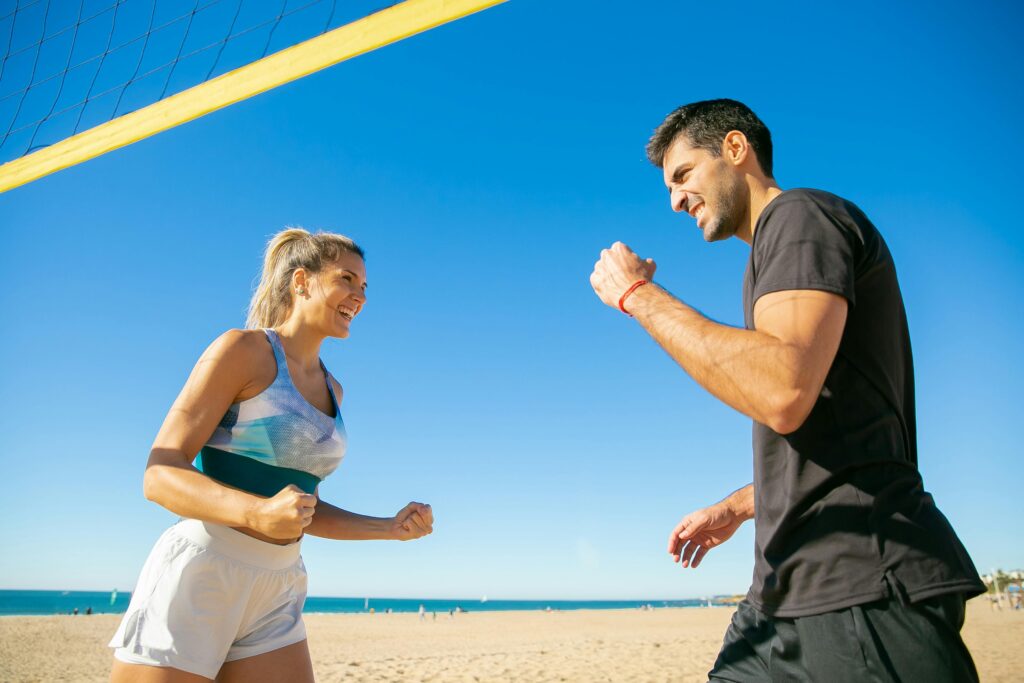Opposite Hitter in Volleyball: A Definite Guide
learn, play, dominate:
your volleyball journey starts here.
Introduction to the Opposite Hitter
What is an Opposite Hitter?
The Opposite Hitter (sometimes called Right-Side Hitter) is a key offensive position in volleyball. They rotate opposite to the setter and are primarily responsible for scoring points through powerful attacks.
Why is it Called “Opposite”?
The name derives from their position on the court, directly opposite to the setter. This positioning allows for quick offensive plays and strategic hitting angles.
Core Responsibilities
The Opposite Hitter’s primary role is to attack and score points. They are also responsible for blocking and, in some cases, playing defense in the back row.
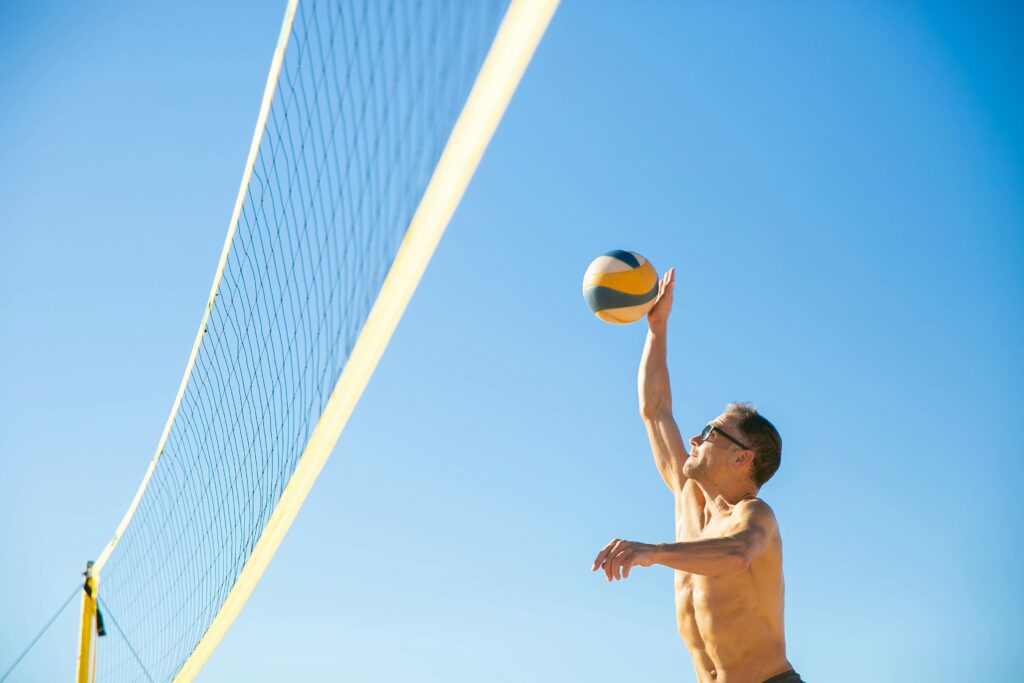
Mastering the Opposite Hitter’s Skill Set
Offensive Prowess
- Powerful Hitting: Developing strong spikes, tips, and roll shots is essential for a successful Opposite. This involves proper technique, timing, and arm swing mechanics.
- Shot Variety: Learning to hit different types of shots (cross-court, line, sharp angles, etc.) keeps the opponent guessing and increases scoring opportunities.
- Attacking from the Back Row: Utilizing the pipe attack (a quick attack from the back-right position) is a key weapon for Opposites.
- Serving: A strong serve is a major asset, whether it’s a powerful jump serve or a tactical float serve.
- Blocking: Opposites often play a crucial role in blocking the opponent’s outside hitter, requiring good timing, positioning, and reach.
Defensive Fundamentals
- Reading the Opponent: Anticipating the attacker’s movements allows for better positioning and a higher chance of successfully digging or blocking the ball.
- Digging: Learning proper digging techniques is important for picking up hard-driven attacks.
- Transitioning from Defense to Offense: Quickly shifting from a defensive mindset to becoming an attacking threat is crucial for maintaining offensive momentum.
Training and Conditioning for Opposite Hitters
Physical Conditioning
- Strength Training: Building strength in the legs, core, and upper body is crucial for jumping, hitting, and blocking power.
- Agility and Quickness Drills: Improving footwork and reaction time helps with blocking, defense, and quick attacks.
- Plyometrics: Explosive exercises like box jumps and depth jumps develop power for jumping and attacking.
- Mental Training: Techniques like visualization, mindfulness, and positive self-talk can enhance focus, confidence, and overall performance.
Skill-Specific Training
- Hitting Drills: Practicing various types of attacks from different positions on the court improves accuracy, power, and shot selection.
- Blocking Drills: Working on timing, footwork, and hand positioning enhances blocking skills.
- Serving Drills: Developing consistent and powerful serves is crucial for putting pressure on the opponent.
- Nutritional Guidance: Fueling the body with proper nutrition is essential for energy, recovery, and overall performance.
- Injury Prevention and Recovery: Proper warm-up, stretching, and recovery strategies help prevent injuries and ensure longevity in the sport.
The Opposite Hitter’s Mindset
Leadership
As a primary scorer, the Opposite often serves as a leader on the court, inspiring teammates and setting a positive example.
Mental Toughness
The pressure of being a go-to attacker requires resilience and the ability to bounce back from mistakes.
Adaptability
Being able to adjust to different game situations, opponent strategies, and setter preferences is essential for success.
Teamwork
Working effectively with the setter and other hitters is key to maximizing offensive opportunities.

Opposite Hitters in Different Game Situations
Front Row
- Rotation 1: Attacking from the front-left position, often aiming for cross-court or line shots.
- Rotation 2: Attacking from the middle-front position, often utilizing quick attacks or working with the setter for combination plays.
- Rotation 3: Attacking from the front-right position, often taking advantage of the line shot or hitting sharp angles.
Back Row
- Rotation 4, 5, 6: Attacking from the back row, primarily focusing on pipe attacks or hitting off the setter’s hands. Staying involved in defense is also important in these rotations.
The Opposite Hitter’s Role in Different Volleyball Systems
5-1 System
In a 5-1 system, the Opposite Hitter is the primary attacker and is involved in every rotation. They often carry a heavier offensive load and are expected to score a majority of the points.
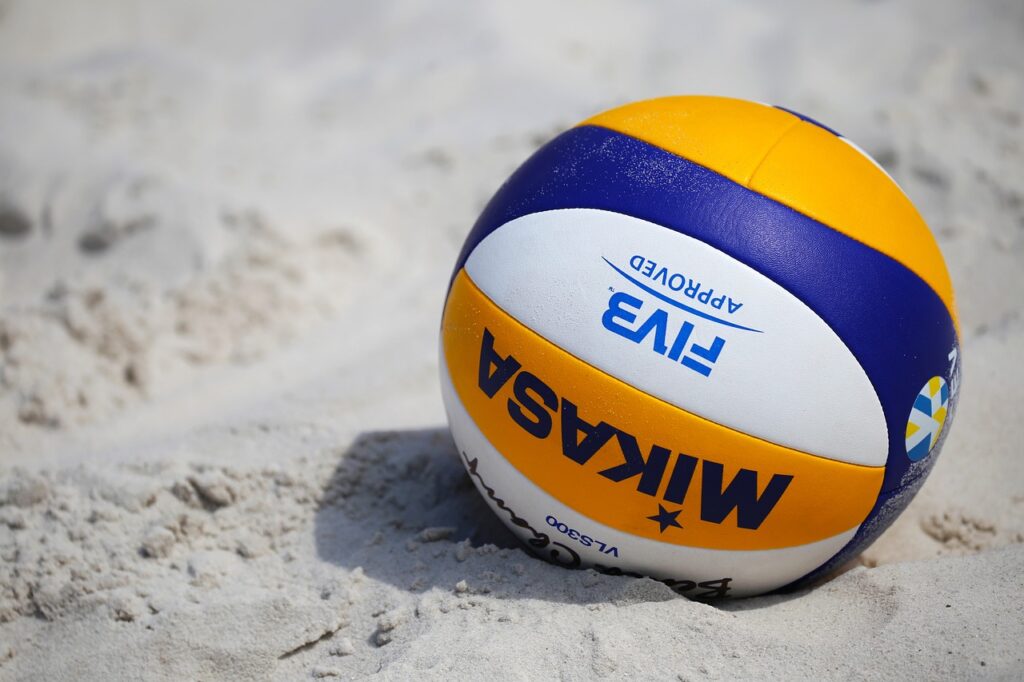
6-2 System
In a 6-2 system, there are two setters who rotate in and out of the game. The Opposite Hitter typically shares attacking responsibilities with another player (often a middle blocker) depending on who is in the front row.

Common Challenges Faced by Opposite Hitters
Overcoming Fatigue
Maintaining stamina throughout a long match is crucial. Proper conditioning, hydration, and nutrition can help
Dealing with Frustration
Mental toughness is key to overcoming errors and staying focused on the game.
Balancing Offense and Defense
Finding the right balance between attacking and defensive responsibilities can be a challenge, but it’s essential for team success.
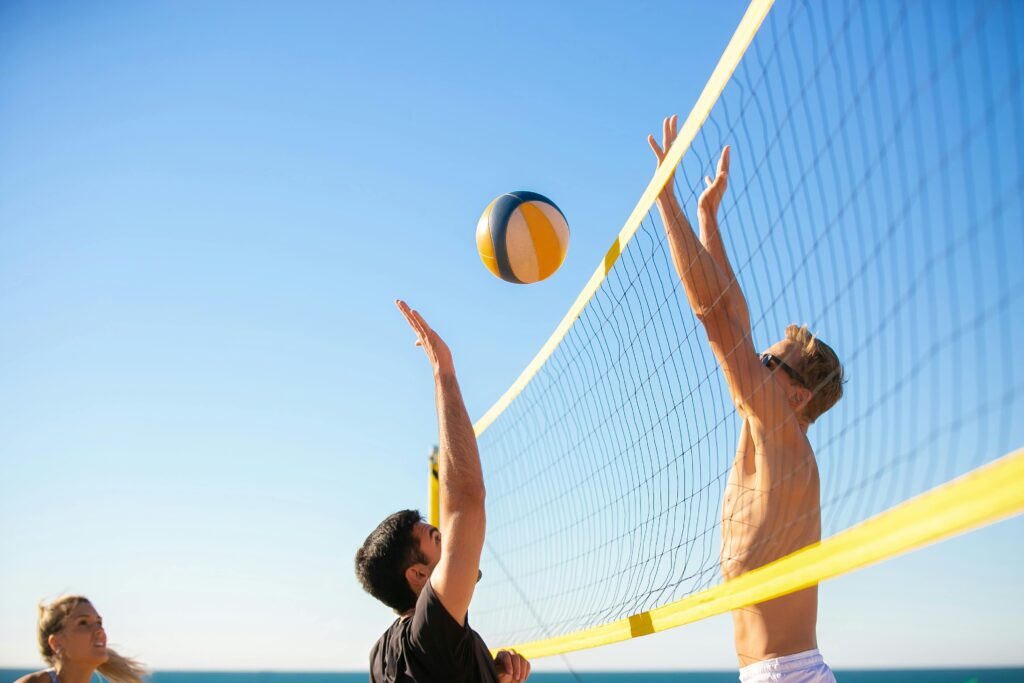
FAQs for Opposite Hitter
What height is ideal for an Opposite Hitter?
While height can be an advantage, it’s not the only factor. Jumping ability, technique, and overall athleticism are equally important.
Can left-handed players be effective Opposites?
Absolutely! Left-handed Opposites can be very effective, as their hitting angles can be more challenging for opponents to defend.
How can I improve my jumping ability for hitting?
Plyometrics, strength training for the legs, and proper jumping technique can all help improve vertical jump.
What are the best resources for learning Opposite Hitter techniques?
There are many great resources available, including books, online tutorials, coaching clinics, and private lessons.
Famous Opposite Hitters and Their Impact on the Game
Profiles of Legendary Opposites
Players like Gavin Schmitt, Maxim Mikhaylov, and Ekaterina Gamova have all made significant contributions to the sport and redefined the Opposite Hitter position.
The Evolution of the Opposite Hitter Position
The role of the Opposite has evolved over time, becoming more specialized and focused on offensive power.

Resources for the Opposite Hitter
Books and Articles
There are many excellent resources available, both in print and online, that offer drills, tips, and strategies for Opposite Hitters.
Online Training Programs
Several websites and platforms offer video tutorials, coaching programs, and online communities for volleyball players.
Volleyball Camps and Clinics
Attending camps and clinics can provide valuable hands-on training and learning experiences from experienced coaches and players.
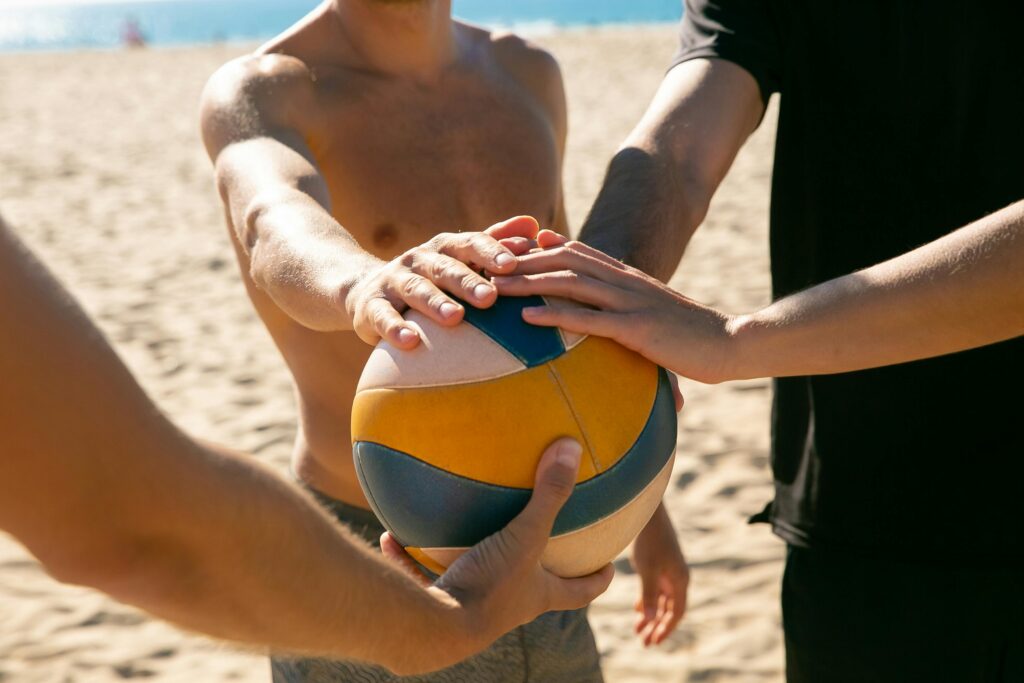
The Future of the Opposite Hitter Position
Emerging Trends
The Opposite Hitter position continues to evolve, with new strategies and techniques emerging all the time.
The Impact of Technology
Advancements in video analysis, data tracking, and training tools are helping Opposite Hitters analyze their performance and refine their skills.
